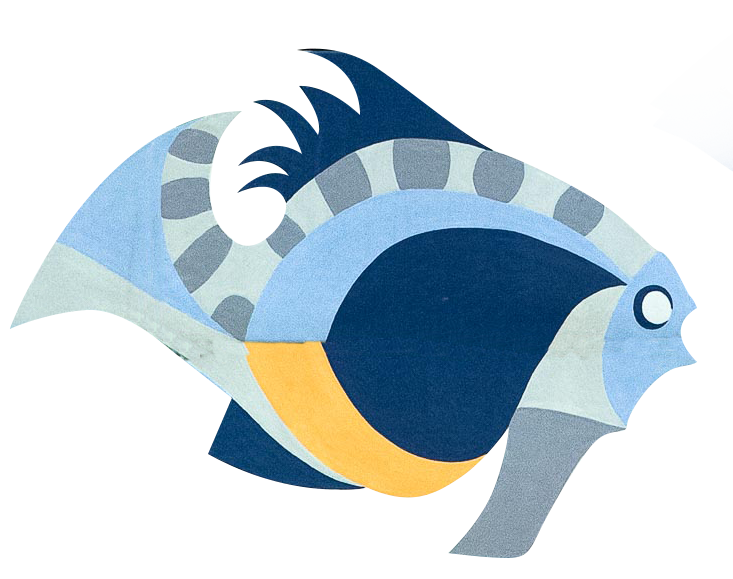
For your stay in our charming hotel, Dieppe offers you its treasures. The town's name comes from the Anglo-Saxon word deep, given by the Normans in the 7th and 8th centuries because the bed dug by the river Arques in the chalky plateau of the Pays de Caux made it possible to accommodate ocean-going ships. In 1195, Philippe Auguste repulsed Richard the Lionheart and destroyed the town. The Duchy of Normandy was annexed in 1204 and the town became French until Francis I. The kings of France conciliated the inhabitants of this strategic site by granting them numerous privileges. Dieppe then became a city of adventurers, privateers and shipowners such as Jean Ango, whose ships sailed the coasts of Brazil, Africa and North America, offering the city real prosperity.
Dieppe has been a City of Art and History since 1985, and its heritage department offers discovery tours all year round: the historic city centre, the port and fishermen's quarter, the seafront, the Château-Musée, etc.
City centre
of Dieppe
Our charming hotel in Dieppe, located 5 minutes from the city centre, invites you to discover its unique atmosphere. Start at the Place Nationale with the statue of Abraham Duquesne, then take the Grande Rue, always lively with its shops or its very popular market, which leads you to the Place du Puits-Salé where you will find the large white pediment of the Café des Tribunaux. Extend your pleasure by following the Rue de la Barre where you can admire beautiful early 18th century houses with period balconies.
Fishermen's quarter
of Dieppe
Le Pollet is a district located on the right bank of the mouth of the coastal river Arques which flows into the English Channel. It is the historic fishermen's district of Dieppe. Until the 19th century, fishermen used the gently sloping south bank of the loop of the river which formed the Pollet peninsula, to dry their boats, to repair them and to prepare them for future fishing campaigns. Don't miss the very old and picturesque rue Quiquengrogne, whose strange name was the cry of the corsairs of the Channel in the 15th century.
The port
of Dieppe
The history of the town of Dieppe has been intimately linked to the sea since its origins. Located in the centre of the town, the port of Dieppe and its many basins are totally intertwined with the town: a port in the town, a town in the port. The port is divided into 4 activities: the fishing port (first shellfish port in France), the marina which welcomes more than 5000 visitors per year, the commercial port, the terminal for liners and ferries.
The castle
of Dieppe
Dieppe, City of Art and History, is proud of its rich heritage. The Castle, the town's museum, is of course its jewel: its imposing flint and sandstone silhouette dominates the whole of Dieppe. Although it has been altered several times, the castle, which was built during the Hundred Years' War, has kept its proud appearance of a fortified castle. Don't miss its terraces and its access to a panoramic viewpoint located on the cliffs. 5 minutes from the hotel.
Small tourist train
of Dieppe
Take advantage of your stay in our charming hotel in Dieppe to board the tourist train. The guided tour starts at the marina and goes through the popular and picturesque old quarters, via the seafront and the heart of the city. A must if you want to get to know Dieppe, a port city on the ivory and spice route, its past and its monuments.
Near Dieppe
Varengeville-sur-Mer
The village-street a few kilometres from Dieppe is worth the trip in itself. Its 12th century church seems to be suspended from the cliff in a green setting. Around it, a marine cemetery where the painter George Braque, who made a stained glass window for the church, is buried. The place of extraordinary poetry offers an unforgettable view of the Côte d'Albâtre.
Just a 5-minute walk from the marine cemetery, the house and gardens of Bois de Moutiers were created 116 years ago in the spirit of Arts and Craft by the architect Sir Edwin Luytens and the English landscape designer Gertrude Jekyll, well known to garden lovers. They are one of the only examples of an English garden in France and include centuries-old rhododendrons and rivers of hydrangeas.
"Who has not seen Dieppe, has not seen Normandy" said the historian Jules Michelet. This port town, whose history is one of exploration and conquest, invites you to discover its glorious past and its beauty.





